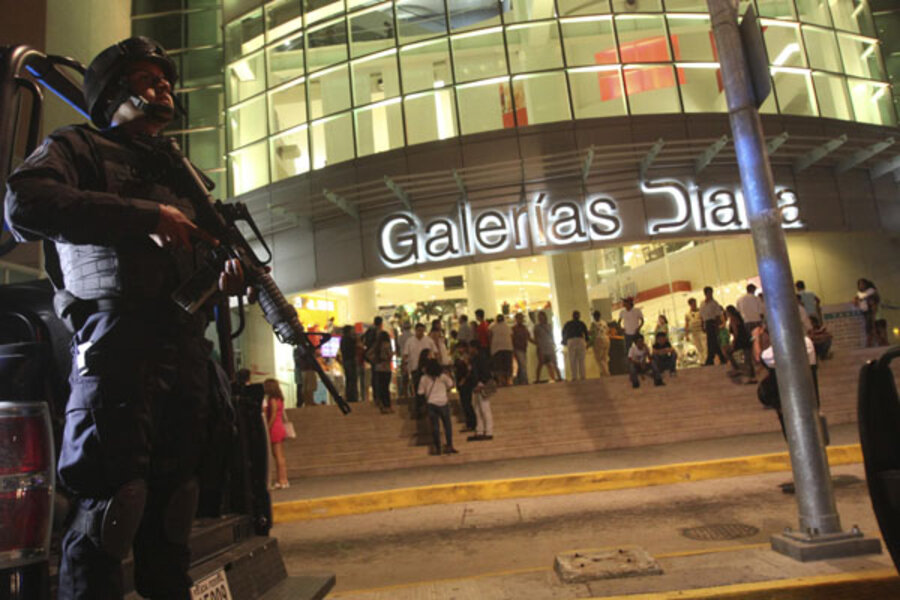Crime pays? Mexico's unemployed youth a driving factor in organized crime
Loading...
• InSight Crime researches, analyzes, and investigates organized crime in the Americas. Find all of Geoffrey Ramsey's research here.
Reports that the number of unemployed youths in Mexico stands at 8 million and is set to rise are bad news for security, as this group makes up the majority of combatants and victims in the country's drug war.
Excelsior published a report saying that there are currently 8 million Mexicans aged 18 to 30 who are not in work or education – known as “ni-nis” (so labeled because they neither study nor work, "ni estudian ni trabajan"). This is equivalent to more than 20 percent of the age group, and is on the rise, according to the newspaper.
InSight Crime Analysis
The high level of youth unemployment in Mexico is not only a social problem but a factor driving violence and organized crime. Ni-nis are the main prey of drug trafficking organizations, making up the majority of victims of drug-related violence, and also serve as the pool from which they draw their workforce, commonly serving as the expendable foot soldiers of gangs and cartels. Crime pays; an enforcer for a large cartel can make nearly three times as much per month as the national average, as demonstrated by the story of six female adolescent Zetas-in-training captured last year.
Many in the country have argued that the government should address the problem of youth unemployment as a matter of national security. In a country where economic opportunities are few and far between, it is argued, young people have little choice but to turn to criminal groups for income.
However, there are other factors which are just as important as youth unemployment in generating violence. Most of Mexico’s unemployed youths are believed to live in the border region, a hotspot for drug violence because of its proximity to the US market.
High youth unemployment does not always correlate with higher rates of violence. According to Diana Carbajosa Martinez of the Research Institute on Universities and Education, the two states with the highest numbers of jobless youths are Chiapas and Michoacan, where youth unemployment stands at more than 25 percent. However, neither makes the list of the top 10 most violent states in Mexico, according to recently-released data from the National Institute of Statistics and Geography (INEGI).
Indeed, of the five states in Mexico that have established social programs specifically aimed at tackling youth unemployment (Chihuahua, Baja California, Tlaxcala, Guerrero and Hidalgo), two -- Chihuahua and Guerrero -- are the among the most violent in the country, with homicide rates of 131 and 71 murders per 10,000 respectively. This suggests that as well as providing subsidized job programs for youths other measures are necessary to rein in violence, like reinforcing law enforcement institutions, specifically the police force and court system.
Corruption is rampant among the country’s police, with more than 30,000 officers having recently failed background checks and drug tests. While the government began a process of reforming its complicated and inefficient court system in 2008, progress has been limited on this front, slowed both by a lack of funds and political will. Like combating youth unemployment, police and judicial reform will be a slow battle for Mexico.
– Geoffrey Ramsey is a writer for Insight – Organized Crime in the Americas, which provides research, analysis, and investigation of the criminal world throughout the region. Find all of his research here.





